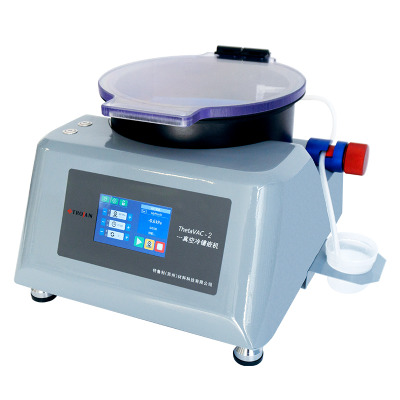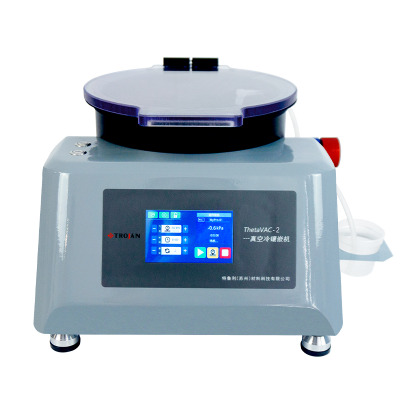There are many microstructure display methods, which can be divided into chemical display, electrolysis display and other displays. Among them, the chemical display method has the advantages of complete display, simple and rapid operation, economy and good reproducibility, so it is widely used in production and scientific research.
The chemical etching method is a method of immersing the polished metallographic sample in chemical reagents to reveal the microstructure.


1.1 The principle of metallographic chemical etching
Chemical etching is the process of chemical and electrochemical corrosion. Due to the different physical and chemical properties between grains, grains and grain boundaries, and between phases in metal materials, they have different free energies and different electrode potentials in electrolyte solutions, which can form many microbatteries. , the lower potential part is the anode of the microbattery, which dissolves faster, and the dissolved place is concave or colored by depositing reaction products. Observed under the microscope, the light is scattered at the grain boundaries and cannot enter the objective lens and presents black grain boundaries; the light scattering on the grain plane is less, and most of the light is reflected into the objective lens to present bright grains.
1.2 Metallographic chemical etching operation
The commonly used chemical etchant is 10% nitric acid alcohol solution. The general etching process is: rinsing and polishing the sample → alcohol scrubbing → etching → rinsing → alcohol drying → drying.
Put the polished surface of the sample upwards, completely immerse it in the etchant, and then move the sample slightly to make the etchant flow slowly on the abrasive surface to promote the escape of air bubbles. , then rinse and dry. If you do not observe it for a while, do not touch it with your hands, it can be stored in a desiccator.
When etching, attention should be paid to the etching time and its depth. The etching degree depends on the magnification during observation and the operator's experience. Generally, it takes a few seconds to a few minutes. When the polished surface loses its luster, the surface becomes gray. High magnification observation should be shallow etching, low magnification observation can be deeply etched, whichever can clearly show the organization under the metallographic microscope. If the etching is in transition, it needs to be finely ground, polished and then etched. If the etching is insufficient, the second etching can be carried out directly. If it can be re-polished and then etched, the effect is the best.

 中文简体
中文简体 英语
英语 西班牙语
西班牙语 德语
德语
.jpg?imageView2/2/w/400/format/jpg/q/75)





.jpg?imageView2/2/w/400/format/jpg/q/75)
.jpg?imageView2/2/w/400/format/jpg/q/75)









